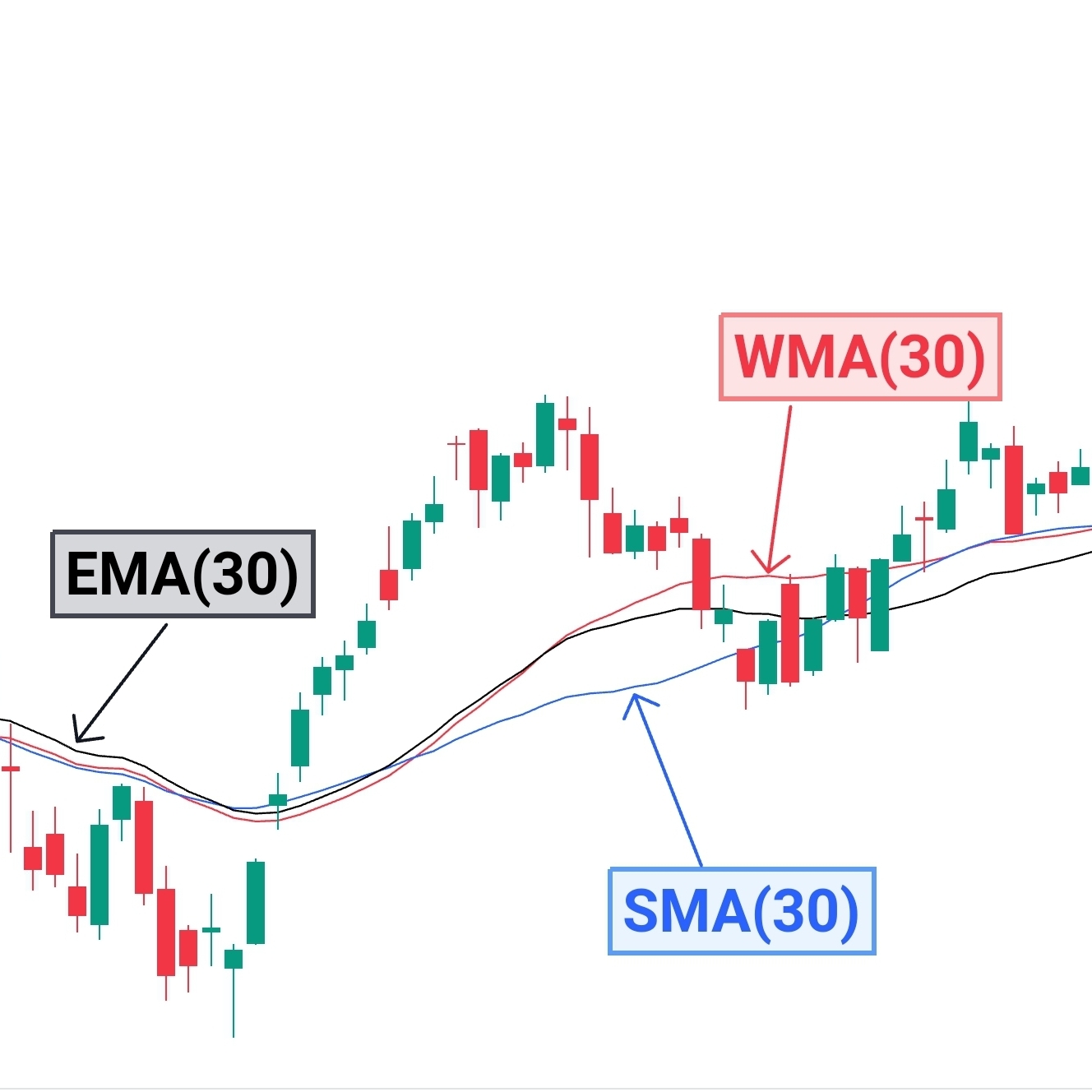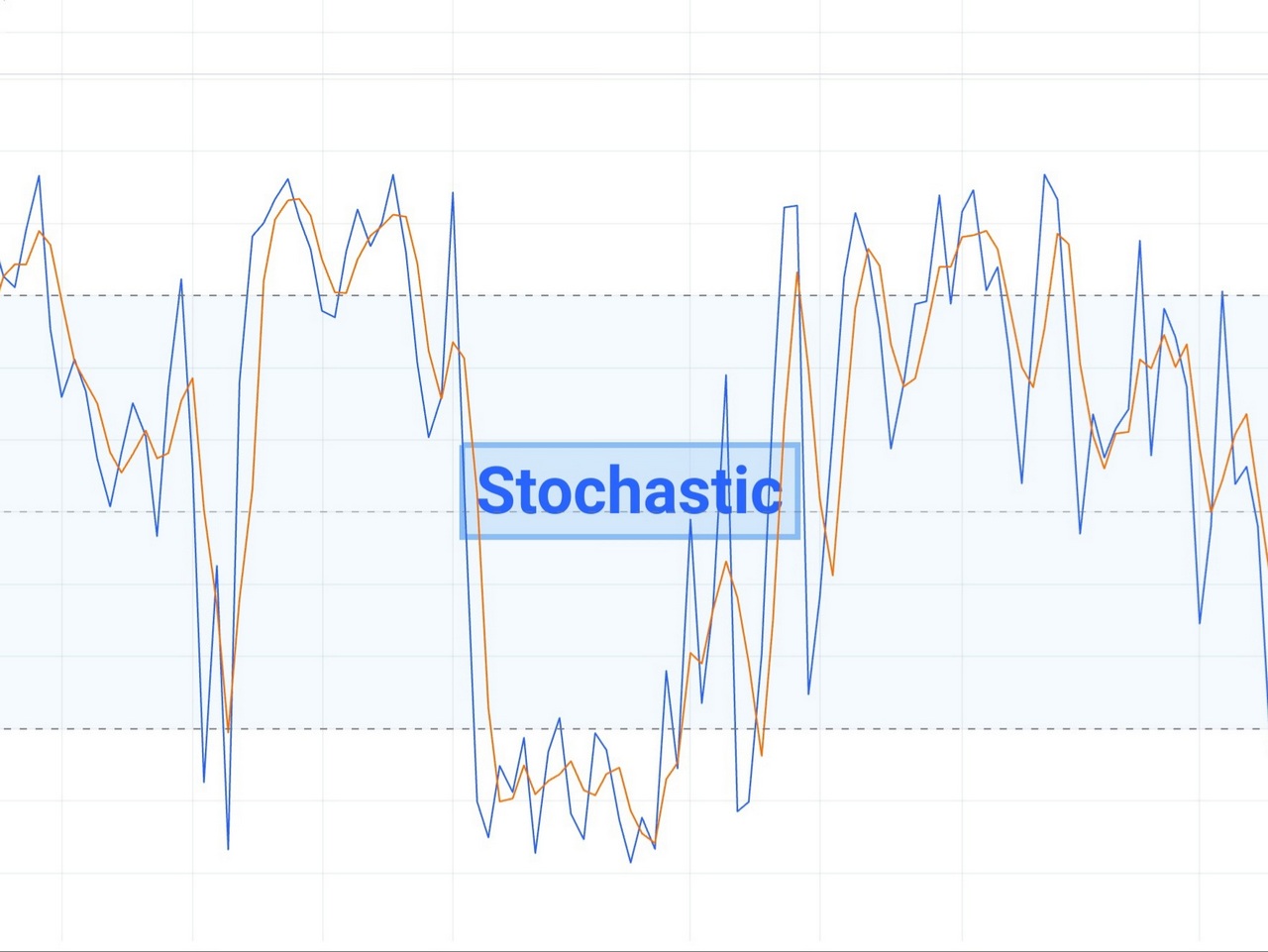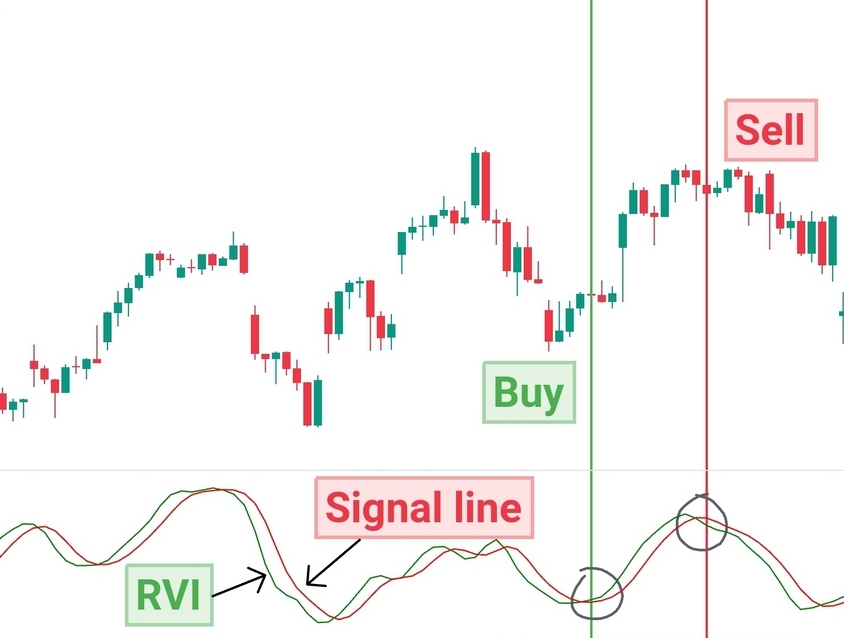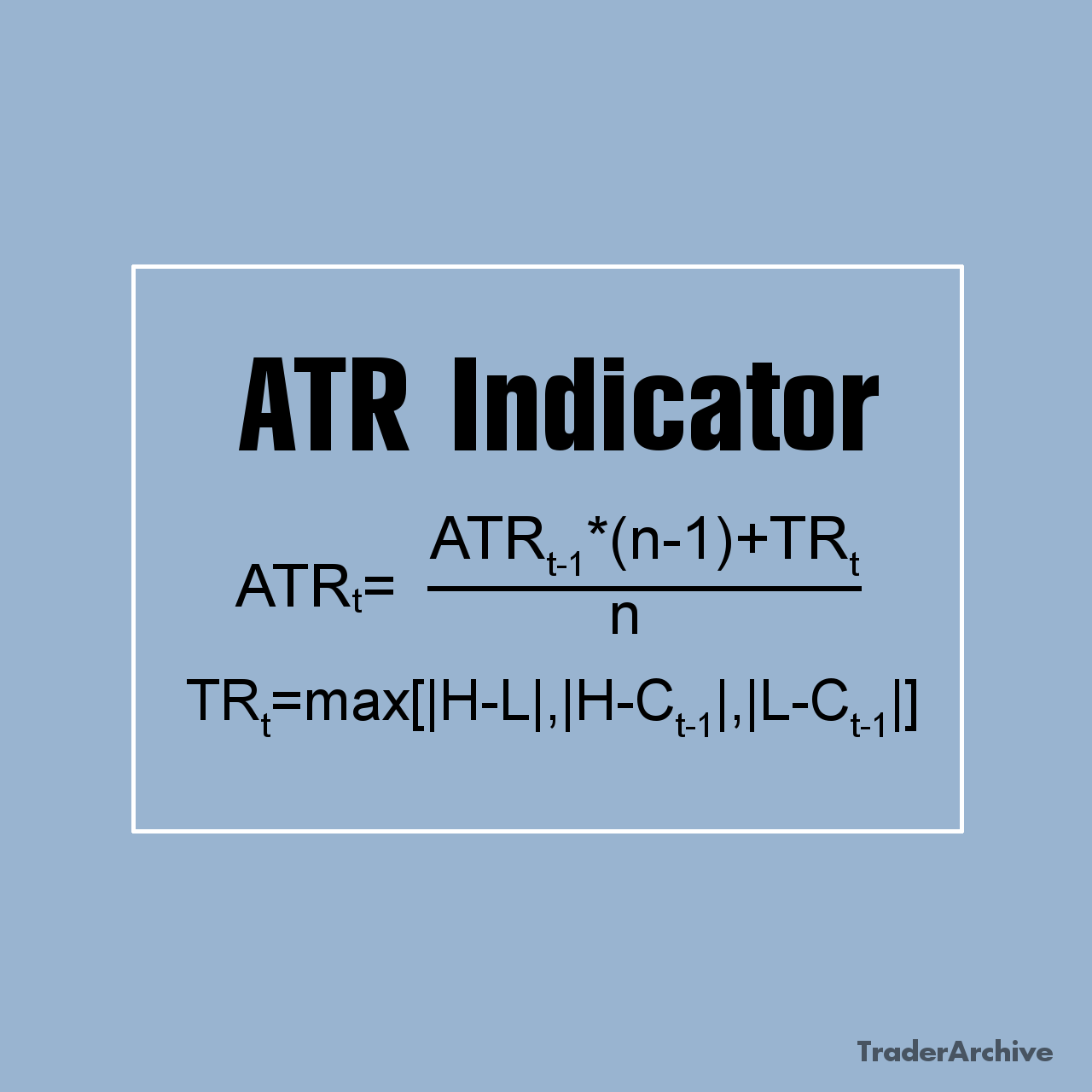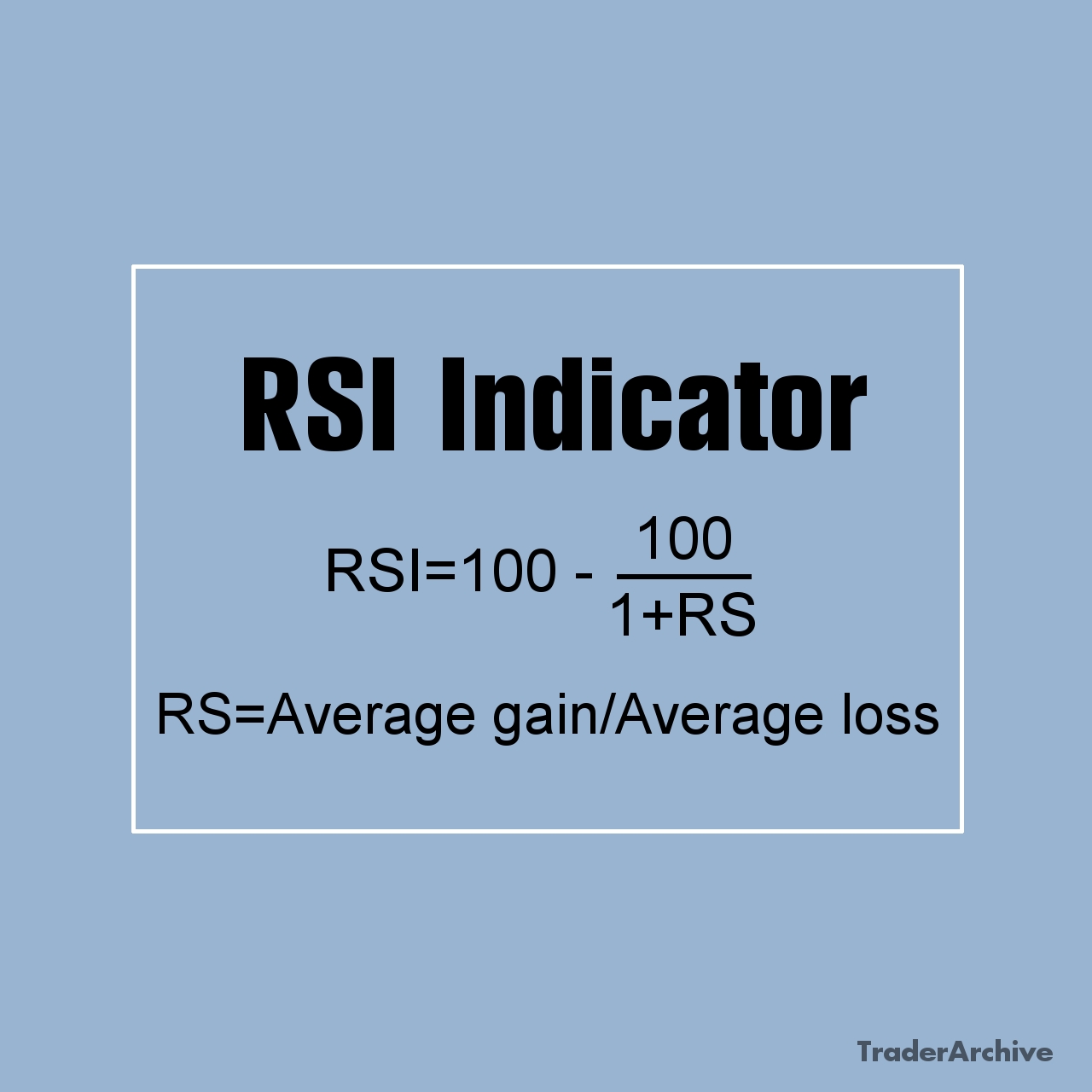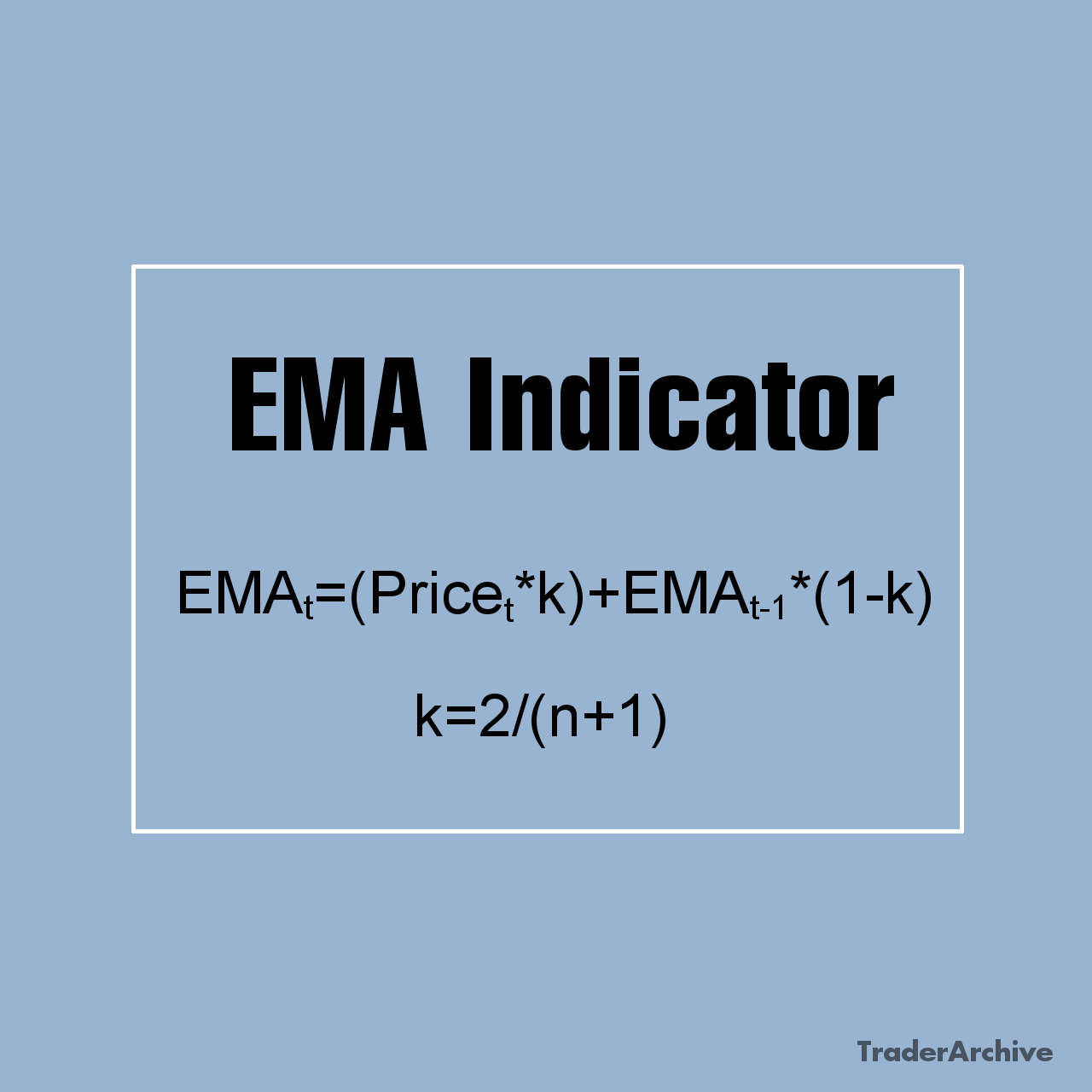Master Limited Partnerships (MLPs) have gained significant attention in the realm of investments, offering unique opportunities for both investors seeking steady income streams and those looking for exposure to the energy sector. With their tax advantages and distribution yields, MLPs have become a popular choice as an alternative investment for many portfolios. This thorough manual covers different aspects of MLPs: structure, benefits, risks, tax advantages and key considerations for investors.
Understanding MLPs and Its Structure
MLPs represent a unique investment vehicle that combines the tax benefits of a partnership with the liquidity of a publicly traded company. MLPs are primarily found in the energy sector, although they can operate in other industries such as real estate and infrastructure. These entities typically engage in activities related to the transportation, storage, processing, and production of natural resources, particularly oil and natural gas.
The structure of MLPs is characterized by the division of ownership between general partners and limited partners. General partners typically hold a small equity stake in the MLP and are responsible for managing the partnership’s operations. They have full control over decision-making and are often compensated through incentive distribution rights (IDRs), which entitle them to an increasing share of the MLP’s cash flows as distributions to limited partners rise.
Limited partners, on the other hand, provide capital to the MLP but are not involved in its day-to-day operations. Limited partners enjoy limited liability for the partnership’s debts and obligations, meaning their personal assets are protected from legal claims against the MLP. In exchange for their investment, limited partners receive regular distributions of cash flow generated by the MLP’s business activities. These distributions are typically made on a quarterly basis and represent a significant portion of the MLP’s total return to investors.
MLPs are governed by partnership agreements that outline the rights and responsibilities of both general and limited partners. These agreements also specify the distribution policies, allocation of profits and losses, and other key aspects of the partnership’s operations. MLPs are required to file annual reports with the Securities and Exchange Commission (SEC) and provide regular updates to investors through quarterly earnings releases and other communications.
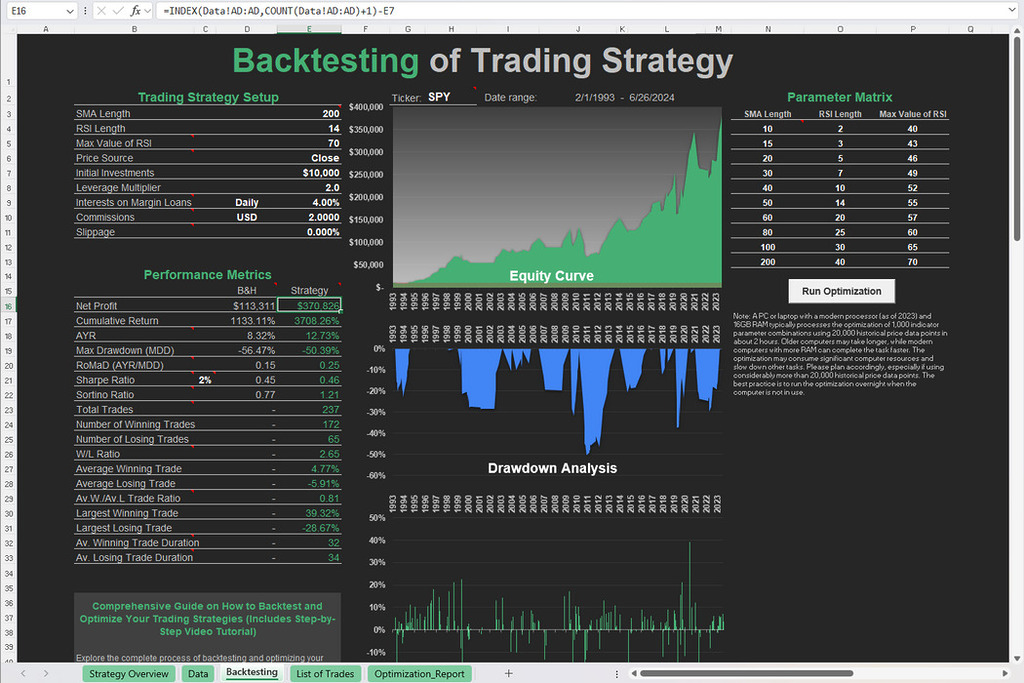
Free Backtesting Spreadsheet
Tax Advantages
One of the most significant advantages of investing in MLPs is their favorable tax treatment. Unlike corporations, MLPs are not subject to federal income tax at the entity level. Instead, they are structured as pass-through entities, meaning that profits and losses are passed through to the individual partners for taxation at their personal income tax rates. This pass-through taxation eliminates the double taxation that occurs with corporate dividends, where profits are taxed at both the corporate and individual levels.
Additionally, MLP investors may benefit from tax-deferred growth with depreciation and depletion allowances. MLPs often own assets such as pipelines and storage facilities, which are subject to depreciation for tax purposes. As a result, a portion of the distributions received by MLP investors may be considered a return of capital and not immediately taxable, reducing current tax liabilities and potentially deferring taxes to future years.
Furthermore, MLP investors may be eligible to receive a portion of their distributions as qualified dividends, which are taxed at lower rates than ordinary income for eligible taxpayers. This tax-efficient structure enhances the after-tax returns of MLP investments, making them an attractive option for income-focused investors seeking to maximize their cash flow while minimizing their tax burden.
Some MLPs offer relatively modest yields in the range of 4% to 6%, while others may provide more attractive yields exceeding 10% or higher.
Distribution Yields
One of the primary attractions of investing in MLPs is the potential for high distribution yields. MLPs are required by law to distribute much of their cash flow to investors in the form of quarterly distributions. These distributions represent a share of the partnership’s profits and are typically funded by stable, fee-based revenue streams generated by the transportation and storage of natural resources.
The distribution yields of MLPs can vary widely depending on factors such as the underlying business fundamentals, market conditions, and the partnership’s distribution policy. Some MLPs offer relatively modest yields in the range of 4% to 6%, while others may provide more attractive yields exceeding 10% or higher. Investors should carefully evaluate the sustainability of MLP distributions by analyzing factors such as cash flow coverage, capital expenditures, and leverage levels to ensure that the distributions are supported by underlying business operations and are not being funded by debt or asset sales.
Additionally, investors should be aware that MLP distributions are not guaranteed and may fluctuate over time in response to changes in commodity prices, operating costs, and other factors affecting the partnership’s financial performance.
How to Invest in MLPs?
To invest in MLPs, you’ll need to open a brokerage account with a platform that offers access to MLP investments. Most online brokerage firms provide the ability to trade MLP units on major stock exchanges. When we refer to ‘units,’ we are talking about ownership stakes in the MLP. Unlike traditional stocks, which represent shares of ownership in a corporation, MLP units represent ownership interests in the partnership itself. These units are traded on stock exchanges just like stocks, allowing investors to buy and sell stakes in MLPs to participate in their potential income streams and growth prospects.
If you prefer a more diversified approach to investing in MLPs, consider investing in MLP-focused exchange-traded funds (ETF) or mutual funds. These funds offer exposure to a basket of MLPs and can provide instant diversification within a single investment vehicle.
Examples of MLPs and ETFs of MLPs
Enterprise Products Partners L.P. (EPD): One of the largest MLPs, Enterprise Products Partners is involved in the transportation, storage, and processing of natural gas, natural gas liquids (NGLs), crude oil, refined products, and petrochemicals. EPD operates a vast network of pipelines, terminals, and storage facilities across the United States.
Energy Transfer LP (ET): Energy Transfer is a diversified MLP involved in the transportation, storage, and processing of natural gas, crude oil, and refined products. ET operates a broad portfolio of assets, including pipelines, terminals, and fractionation facilities across multiple regions in the United States.
Williams Companies, Inc. (WMB): Williams Companies is a leading energy infrastructure company that owns and operates natural gas pipelines, processing plants, and storage facilities across the United States. While WMB is structured as a C-Corporation, it has an MLP subsidiary called Williams Partners LP.
Alerian MLP ETF (AMLP): AMLP is one of the largest and most popular ETFs focused on MLPs. It seeks to track the performance of the Alerian MLP Infrastructure Index, which includes prominent MLPs involved in energy infrastructure such as pipelines, storage facilities, and processing plants.
Global X MLP ETF (MLPA): MLPA is another ETF that provides exposure to MLPs and tracks the performance of the Solactive MLP Infrastructure Index. MLPA invests in MLPs engaged in the transportation, storage, and processing of energy commodities.
InfraCap MLP ETF (AMZA): AMZA is an actively managed ETF that invests in MLPs and energy infrastructure companies. It seeks to provide high current income and capital appreciation by investing in MLPs with attractive distribution yields and growth potential.
What is the Alerian MLP Infrastructure Index?
The Alerian MLP Infrastructure Index is a widely recognized index that tracks the performance of MLPs and energy infrastructure companies in the United States. Created and maintained by Alerian, a leading provider of energy infrastructure market intelligence, the index serves as a benchmark for investors interested in the MLP sector.
The Alerian MLP Infrastructure Index includes MLPs and energy infrastructure companies that are engaged in the transportation, storage, and processing of energy commodities such as crude oil, natural gas, and natural gas liquids (NGLs). These companies typically own and operate pipelines, terminals, storage facilities, and other critical infrastructure assets that are essential for the efficient distribution of energy products across various regions.
Investment Considerations
While MLPs offer compelling benefits, there are several factors that investors should consider before adding them to their portfolios:
- Sector Concentration Risk: MLPs are heavily concentrated in the energy sector, exposing investors to fluctuations in oil and gas prices. Economic downturns or regulatory changes can significantly impact MLP performance.
- Interest Rate Sensitivity: MLPs are sensitive to interest rate movements. When interest rates rise, the yield on fixed-income securities may become more attractive relative to MLP distributions, leading to a decline in MLP prices.
- Tax Complexity: MLP taxation can be complex, especially for investors subject to alternative minimum tax (AMT) or those holding MLPs in tax-advantaged accounts such as IRAs. Consulting with a tax advisor is essential to understand the tax implications of MLP investments.
- Growth Prospects: Assessing the growth prospects of an MLP is crucial. Factors such as expansion projects, contract renewals, and industry trends can impact future cash flows and distributions.
- Regulatory Environment: MLPs are subject to regulatory oversight, particularly in the energy sector. Changes in regulations, such as environmental policies or pipeline safety standards, can affect MLP profitability.
- Distribution Sustainability: Analyzing the sustainability of distributions is essential. Investors should evaluate the MLP’s cash flow, coverage ratio, and debt levels to assess its ability to maintain or grow distributions over time.
Diversification Strategies
Diversification is key when investing in MLPs to mitigate sector-specific risks. Investors can achieve diversification by spreading investments across multiple MLPs with exposure to different segments of the energy industry. Additionally, diversifying into other income-generating assets such as real estate investment trusts (REITs) or dividend-paying stocks can help balance a portfolio’s risk profile.
Exit Strategies
Having a clear exit strategy is important when investing in MLPs, especially given their unique structure and tax considerations. Investors may choose to sell MLP units on the secondary market, exchange them for shares of the MLP’s general partner, or participate in corporate restructuring events such as mergers or acquisitions.
Final Thoughts
Master Limited Partnerships (MLPs) offer investors an attractive combination of tax advantages, distribution yields, and exposure to the energy sector. However, navigating the complexities of MLP investing requires careful consideration of factors such as sector concentration risk, tax implications, and distribution sustainability. By conducting thorough due diligence and maintaining a diversified portfolio, investors can harness the potential benefits of MLPs while managing associated risks effectively. As with any investment, consulting with financial advisors and tax professionals is essential to develop a strategy that aligns with individual goals and risk tolerance.
Share on Social Media:

